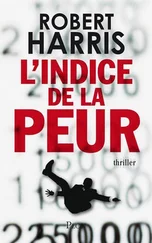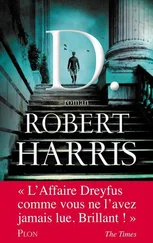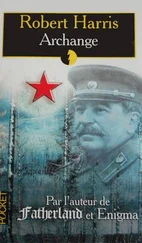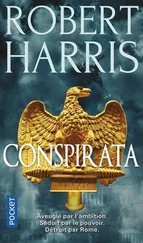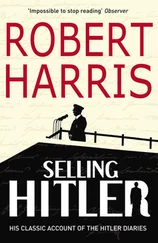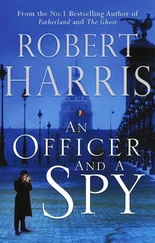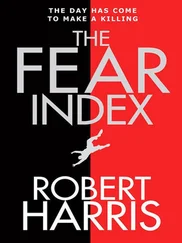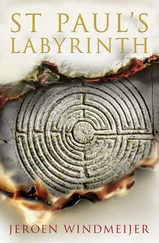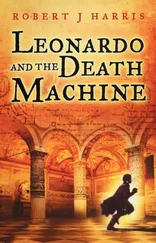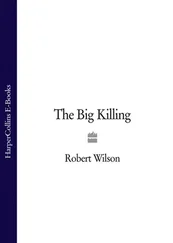36 – Medical report quoted in Bowart, op. cit ., p. 90.
37 – Testimony to army investigators, Marks, op. cit ., p. 67.
38 – Department of Defence statement, 26 July 1975.
39 – Pharmacologia , 1972.
40 – There were numerous other tests, notably to discover the value of LSD in the interrogation of prisoners. In 1960 an interrogation team was sent to Europe to use LSD in the questioning of ten suspects believed to have lied during previous military police investigations. Codenamed Project Third Chance, the interrogation team concluded that LSD was safe, humane, and secure. In 1962, a second team used LSD during interrogations in the Far East, where seven ‘foreign nationals’ were given the drug. Despite the enthusiasm of its advocates, use of LSD on military prisoners was suspended in 1963.
41 – US Army Bio-engineering R & D Laboratory, Technical Report 7710 , (Fort Detrick, August 1977); and SIPRI, op. cit., Vol. II, p. 47.
42 – Vietnam might have provided the perfect ‘field laboratory’ for BZ. There is one account of BZ being used in combat in Vietnam. L’Express described an attack by the First Airmobile Division during Operation White Wing in March 1966. The US troops were said to have dropped 3,000 BZ filled grenades on suspected Viet Cong positions. The report was denied by the US government. Some support for their denial can be gleaned from the fact that BZ is said never to have been loaded into grenades. There were at least three other allegations of BZ use in Vietnam, but none was satisfactorily proved.
43 – The Dugway experiment, to ‘test the effective dosage of BZ when disseminated in the open’, began in late 1964, and was codenamed Project Dork. The Hawaii tests took place in 1966 and 1967.
44 – Ministry of Defence spokesman, 3 August 1979.
45 – The American government maintained at the time that US forces in Vietnam did not use chemical weapons which were subject to international controls. They stated that anti-plant agents and ‘harassing agents’ did not constitute chemical warfare. Since the end of the Second World War chemical warfare had been alleged in a succession of countries, including China (1946), Vietnam (1947), Egypt (1948), Greece (1949), Korea (1952), Cuba (1957), Algeria (1957), Spanish Sahara (1958), and China (1958). The majority of these charges were dismissed as propaganda. The most authenticated use of gas took place during the Yemen Civil War, between 1963 and 1967. It was claimed that Soviet-manufactured gas, notably mustard, had been employed by Egyptian forces which had intervened on the Republican side. There were also allegations that the Egyptians were using gas, including phosgene, which had been left in the country by British troops during the Second World War. Altogether some 1,400 Royalist tribesmen were said to have been killed, and a further 900 seriously wounded. Independent investigation by the Red Cross confirmed the claim that gas had been used. Although Saudi Arabia attempted to persuade the United Nations to mount an investigation and condemn the use of gas, the UN took no action.
46 –2, 4 dichlorphenoxyacetic acid, coded LN8; 2, 4, 5 trichlorophenoxyacetic acid, coded LN14, and better known as 245T; and iso-Propyl N-phenol carbamate, code LN33. (PRO DEFE 2/1252 ‘Crop Destruction’, a memorandum for the Joint Technical Warfare Committee (1945), p. 2.)
47 – Ibid. p. I. Strategists calculated that an attack would destroy about 30 per cent of the rice crop.
48 – Flying , November 1966.
49 – SIPRI, op. cit . Vol. I, p. 166.
50 – Letter from Dixon Donelly, Assistant Secretary, Department of Defense, September 1966.
51 – SIPRI, op. cit ., pp. 178–9.
52 – Dioxin: a potential chemical warfare agent , SIPRI Yearbook (Stockholm, 1977), p. 92.
53 – Ibid ., pp. 97–8.
54 – Information to the authors from Vietnam veterans. See also Marta Tarben, The Agent Orange Time Bomb, Mike Goldwater and Anthony Barnet, Wouldn’t Hurt a Mouse, New Statesman .
55 – So called after the two American scientists, Carson and Staughton, who first discovered the compound in 1928.
56 – Summary of Major Events and Problems , US Chemical Corps, Fiscal Year 1959 (January 1960), p. 96.
57 – Attack in Bin dinh province, February 1966.
58 – Quoted in Hersh, op. cit ., pp. 178–9.
59 – Le Monde , 4 January 1966.
60 – Hersh, op. cit ., p. 170.
61 – The link was discovered by University of Pennsylvania students in 1965. The ICR had been involved in CBW research since the Korean War. In 1965, its two major projects were Summit and Spicerack. Summit involved research into new chemical weapons for the Chemical Corps. Spicerack was the cover for work for the US Air Force.
62 – Experiments, for example, into weapons combining gas and fuel/air devices, which would detonate and punch a cloud of chemical towards the enemy.
63 – Testimony to Armed Services Committee, US House of Representatives, Hearings on Military Posture, 1970.
CHAPTER NINE: THE TOOLS OF SPIES
1 – Quoted in BBC Television’s Panorama , ‘Who Killed Georgi Markov?’, 9 September 1979.
2 – Information on these attacks is drawn from a number of sources. The most readable account of the activities of Khokhlov appears in John Barron, KGB (New York, 1974). A fuller version can be found in Murder International Inc, Murder and Kidnapping as an instrument of Soviet Policy, 1965 Hearings before the subcommittee to investigate the administration of the International Security Act and other Internal Security Laws , Judiciary Committee, US Senate, 1965.
3 – PRO, Cabinet Paper 120/783.
4 – PRO, CAB 79/56. Chiefs of Staff Committee, 20 July 1942.
5 – Ibid. Comment by ACIGS
6 – Ibid.
7 – Lovell, op. cit. , p. 17.
8 – Ibid ., p. 22.
9 – Ibid. Inscription on fly leaf of copy given by author to Lord Stamp.
10 – Ibid.
11 – This was the title of a book by John Marks ( The Search for the Manchurian Candidate, op. cit. ).
12 – See Josef Mindszenty, Memoirs (New York, 1974).
13 – Use of Volunteers in Chemical Agent Research , Report of the Inspector-General, Department of the Army, 1975, p. 19.
14 – ‘Disposal of Maximum Custody Type Defectors of All Categories’. Memo dated 7 March 1951.
15 – ‘Sensitive Research Programs’. Memo for Director of Central Intelligence, June 1964.
16 – Quarterly Report , 1 July–30 September 1953. Section on Addicting Drugs, Laboratory of Pharmacology, Addiction Research Center, Lexington, Kentucky.
17 – ‘No One Told Them’, Newsweek , 21 July 1975.
18 – Alan W. Scheflin and Edward M. Opton Jr., The Mind Manipulators (London and New York, 1978), pp. 134–5.
19 – ‘Senate Panel to Focus on Abuses Linked to CIA Drug Testing’, New York Times, 20 September 1977.
20 – ‘New Details of “House in SF”’, San Francisco Chronicle , 28 August 1977.
21 – ‘CIA Sought to Spray Drug on Partygoers’ New York Times , 29 September 1977.
22 – Quoted in Marks, op. cit ., p. 101.
23 – ‘Testing of Psychochemicals and related materials’. Memo from Richard Helms to Deputy Director of Central Intelligence, 17 December 1963.
24 – Statement to the Senate Select Committee on Intelligence and Senate Committee on Human Resources , Admiral Stansfield Turner, 13 August 1977.
25 – Annual Reports of Human Ecology Fund, filed with New York State Department of Social Welfare, 1961 and 1962.
Читать дальше

